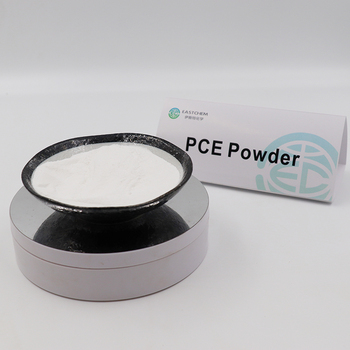
The mechanism of action of water reducer
2024-05-24 14:19Under the condition that the slump of concrete is basically the same, the admixture of mixing water can be reduced. According to the size of its water-reducing rate, it can be divided into ordinary water-reducing agent, high-efficiency water-reducing agent and polycarboxylate ether superplasticizer.
The main function of water reducing agent:
①Increase liquidity. When the water consumption and water-cement ratio remain unchanged, the slump of concrete can be increased by 100~200mm without affecting the strength of concrete.
②Improve the strength of concrete. Under the condition of keeping the fluidity and the amount of cement unchanged, the mixing water consumption can be reduced by 10%~40%, thereby reducing the water-cement ratio and improving the strength of concrete.
③ Save cement. Under the condition that the fluidity and water-cement ratio remain unchanged, the amount of mixing water can be reduced, and the amount of cement can be reduced.
④ Improve the durability of concrete.
At present, it is generally believed that the water-reducing effect of a water-reducing agent is mainly due to the adsorption, dispersing, wetting and lubricating effects of the water-reducing agent. In the process of mixing cement with water, since the cement minerals contain components with different charges, the mutual attraction of positive and negative charges will cause the concrete to form a flocculation structure. The flocculation structure may also be caused by the thermal movement of the cement particles in the solution. These edges and corners collide with each other and attract each other. Since the flocculation structure wraps a part of the mixing water and reduces the fluidity, the effect of the water reducing agent is manifested in the following three aspects.
①The Polycarboxylate Superplasticizer Powder is a surface active substance, and its molecule is composed of two parts: a hydrophilic group and a hydrophobic group. The hydrophobic group is directionally adsorbed on the surface of the cement particles, and the hydrophilic group points to the aqueous solution, so that the surface of the cement particles has the same electric charge, and the repulsive force separates the cement particles, releases the free ions of the flocculation structure, and increases the fluidity.
②The hydrophilic group adsorbs a large number of polar water molecules, increases the thickness of the solvated water film on the surface of the cement particles, plays a lubricating role and improves the workability.
③ The water reducing agent reduces the surface tension, the cement particles are easier to wet, and the hydration is more sufficient, thereby improving the strength of the concrete.

